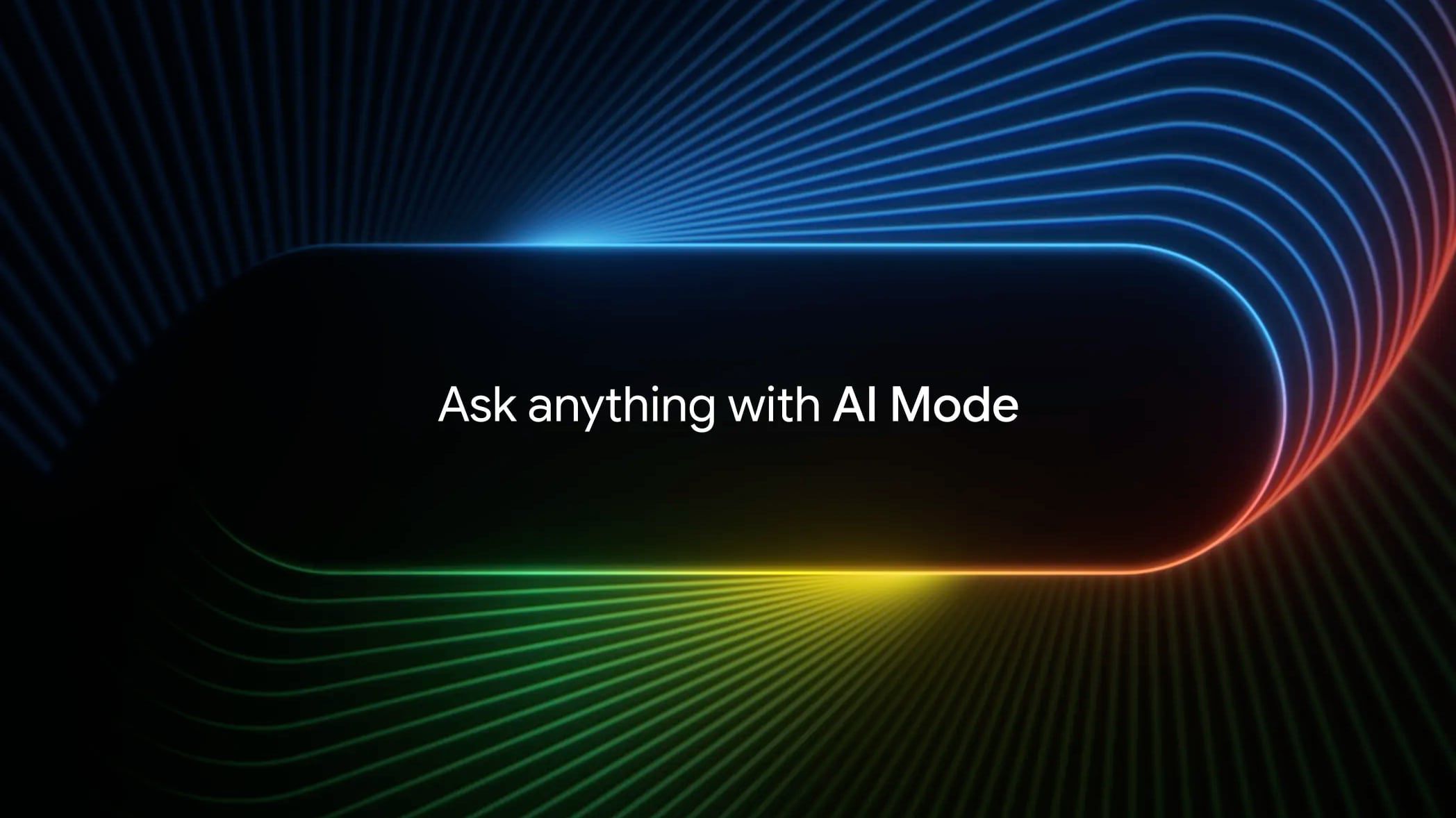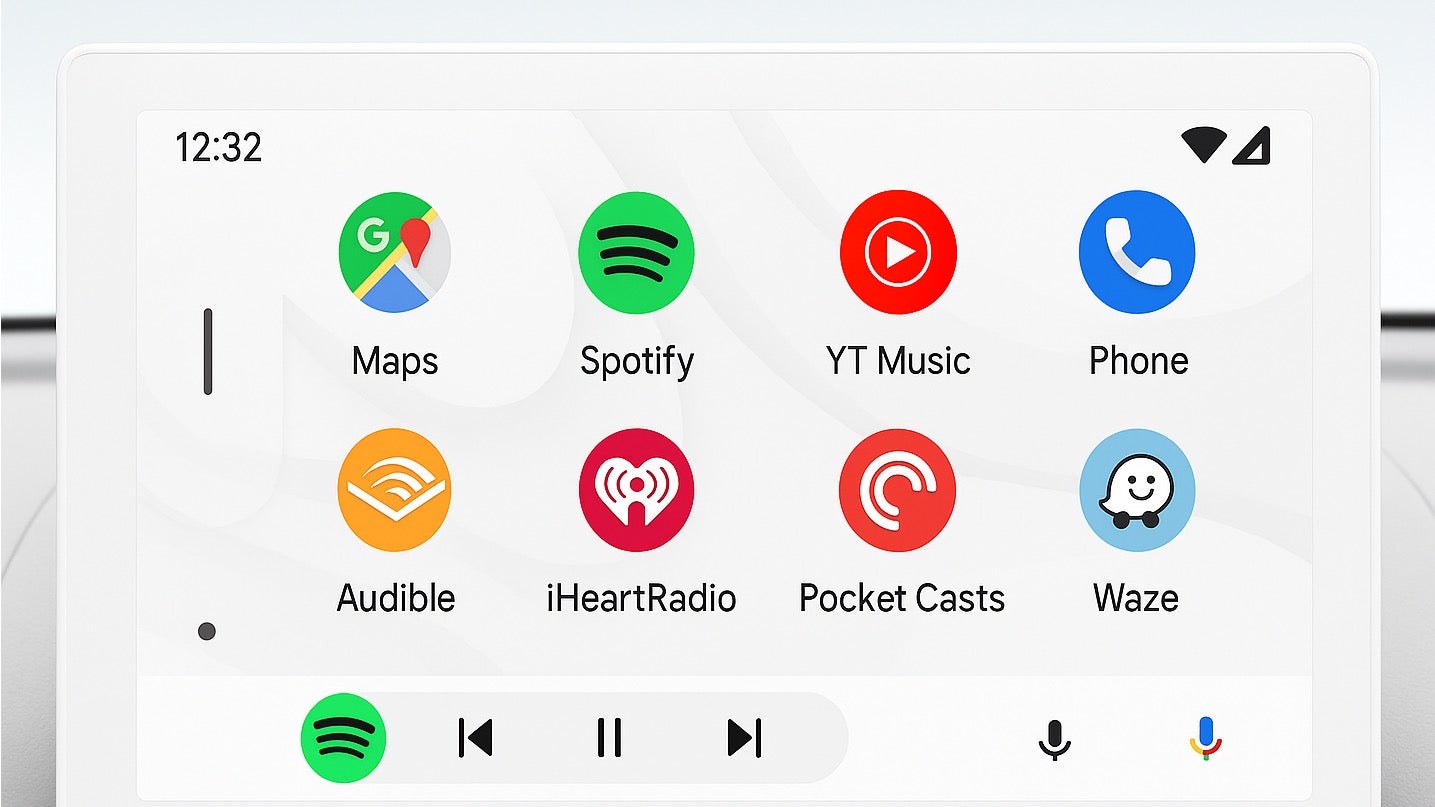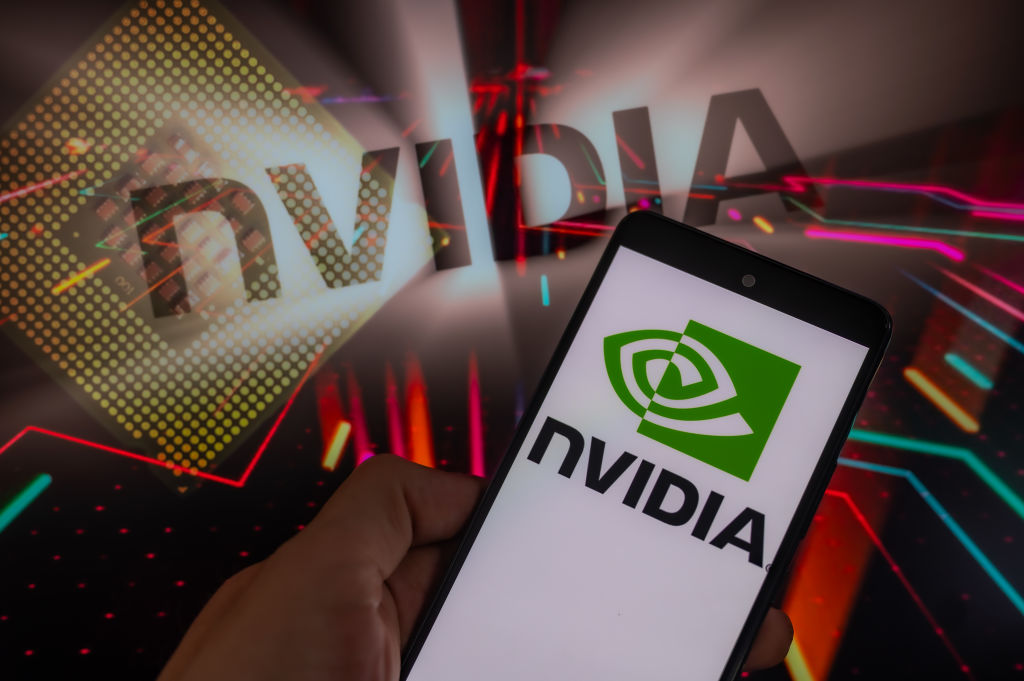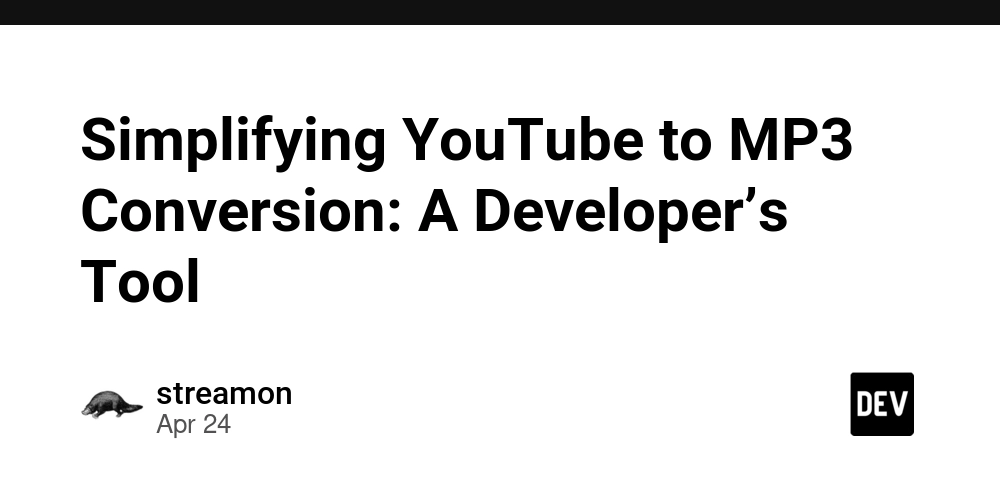The Adventures of Blink S3e9: GitOps
Hey friends, and welcome back to The Adventures of Blink! Before we dig into today's adventure, if you get something good out of this — if you learn something or find it interesting — please let me know by hitting the like button. That feedback helps me know what's working (and what isn't!). Also, hit subscribe so you don't miss any upcoming adventures. Let's ride! Today's Topic Today's adventure is a little more of a discussion than a demo, but it's super important, especially given how much we've been talking about Git this season. We're diving into GitOps. TL/DR: YouTube Don't feel like reading this? I got you. Here's a Youtube link: What is GitOps? GitOps is a strategy where we manage all of our operations: infrastructure, applications, even data, using Git. The idea is simple but powerful: Everything that defines your system lives as code in your Git repository. This means we should be able to: Create our entire system from scratch just by using what's in Git. Get from zero to fully functional quickly, with minimal manual effort. Use the automation we've been learning to make it happen. Why GitOps? Why bother with GitOps? Here's why: Automation Saves Work Rather than pulling an all-nighter during launch week, automation means deployments are just a button press. Deployments become: Consistent Reliable Low-stress Eliminate Configuration Drift Drift happens when system configurations change in undocumented ways... often during "quick fixes." This creates problems like: Hidden bugs that surface during big releases Failed disaster recoveries because backup environments don't match production By keeping everything in Git, we prevent drift and ensure our systems are always in a known state. Meet Compliance and Security Requirements If you're subject to audits, you need to document system configurations and adhere to them. Without GitOps, manual changes constantly invalidate your documentation. With GitOps, your system config is always up to date... and traceable. Mantras for Practicing GitOps If you want to embrace GitOps, start by living these two mantras:
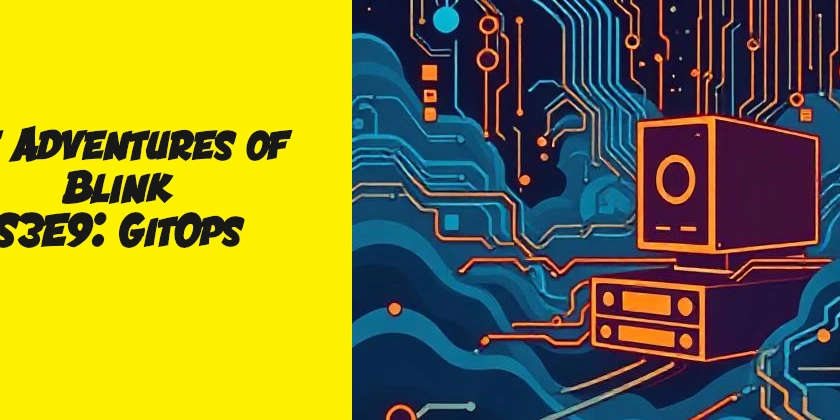
Hey friends, and welcome back to The Adventures of Blink!
Before we dig into today's adventure, if you get something good out of this — if you learn something or find it interesting — please let me know by hitting the like button. That feedback helps me know what's working (and what isn't!). Also, hit subscribe so you don't miss any upcoming adventures. Let's ride!
Today's Topic
Today's adventure is a little more of a discussion than a demo, but it's super important, especially given how much we've been talking about Git this season.
We're diving into GitOps.
TL/DR: YouTube
Don't feel like reading this? I got you. Here's a Youtube link:
What is GitOps?
GitOps is a strategy where we manage all of our operations: infrastructure, applications, even data, using Git.
The idea is simple but powerful:
Everything that defines your system lives as code in your Git repository.
This means we should be able to:
- Create our entire system from scratch just by using what's in Git.
- Get from zero to fully functional quickly, with minimal manual effort.
- Use the automation we've been learning to make it happen.
Why GitOps?
Why bother with GitOps? Here's why:
Automation Saves Work
Rather than pulling an all-nighter during launch week, automation means deployments are just a button press.
Deployments become:
- Consistent
- Reliable
- Low-stress
Eliminate Configuration Drift
Drift happens when system configurations change in undocumented ways... often during "quick fixes."
This creates problems like:
- Hidden bugs that surface during big releases
- Failed disaster recoveries because backup environments don't match production
By keeping everything in Git, we prevent drift and ensure our systems are always in a known state.
Meet Compliance and Security Requirements
If you're subject to audits, you need to document system configurations and adhere to them.
Without GitOps, manual changes constantly invalidate your documentation.
With GitOps, your system config is always up to date... and traceable.
Mantras for Practicing GitOps
If you want to embrace GitOps, start by living these two mantras:

















































_courtesy_VERTICAL.jpg)





















































































































![[The AI Show Episode 145]: OpenAI Releases o3 and o4-mini, AI Is Causing “Quiet Layoffs,” Executive Order on Youth AI Education & GPT-4o’s Controversial Update](https://www.marketingaiinstitute.com/hubfs/ep%20145%20cover.png)











































































































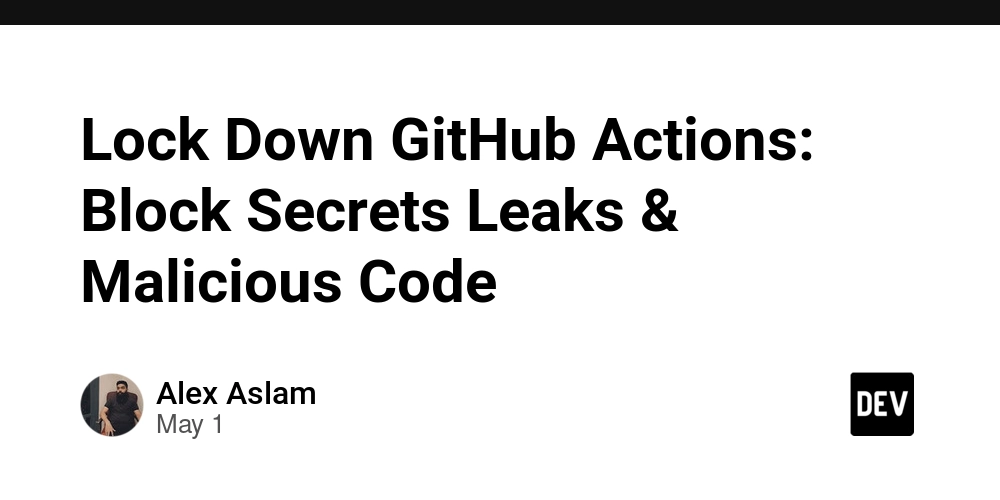


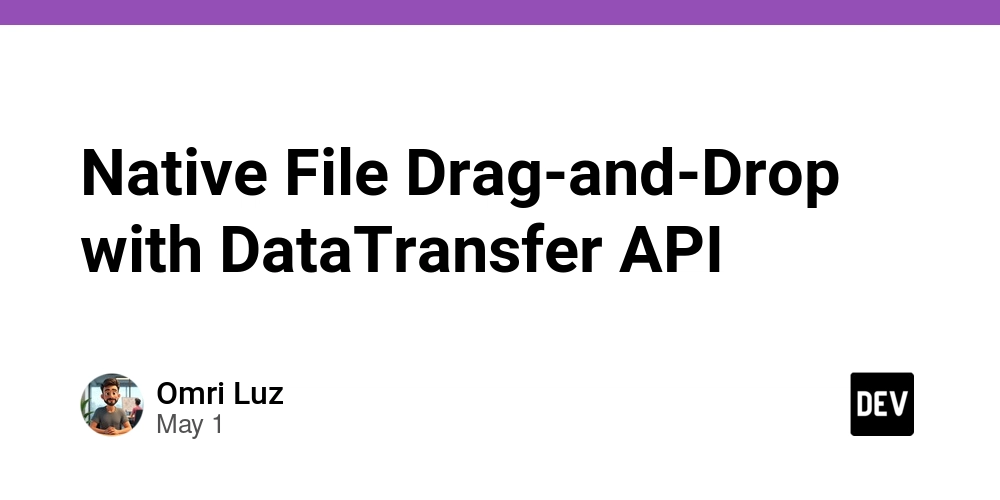















![[DEALS] Mail Backup X Individual Edition: Lifetime Subscription (72% off) & Other Deals Up To 98% Off – Offers End Soon!](https://www.javacodegeeks.com/wp-content/uploads/2012/12/jcg-logo.jpg)













































































































































_Andreas_Prott_Alamy.jpg?width=1280&auto=webp&quality=80&disable=upscale#)






































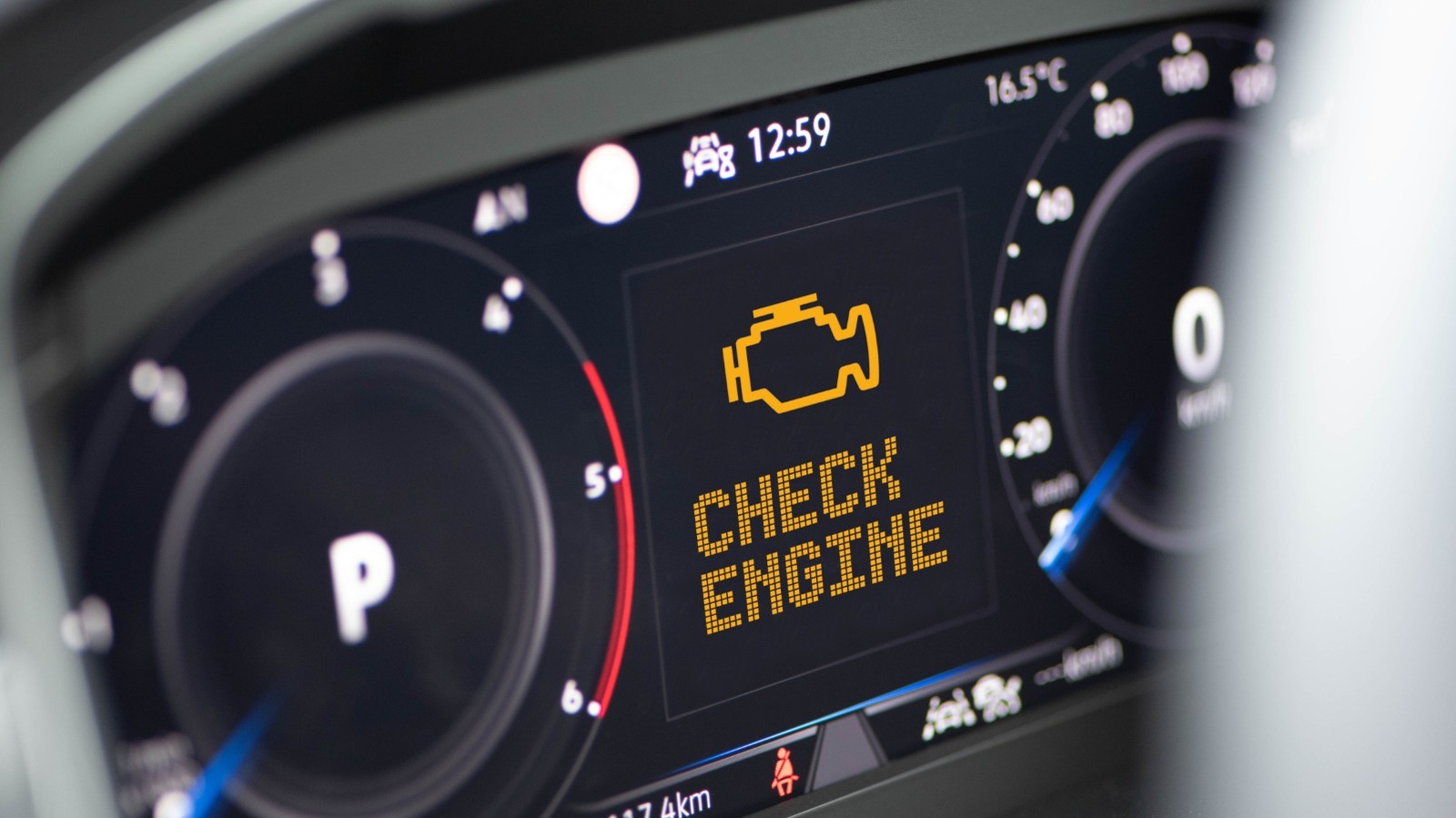















































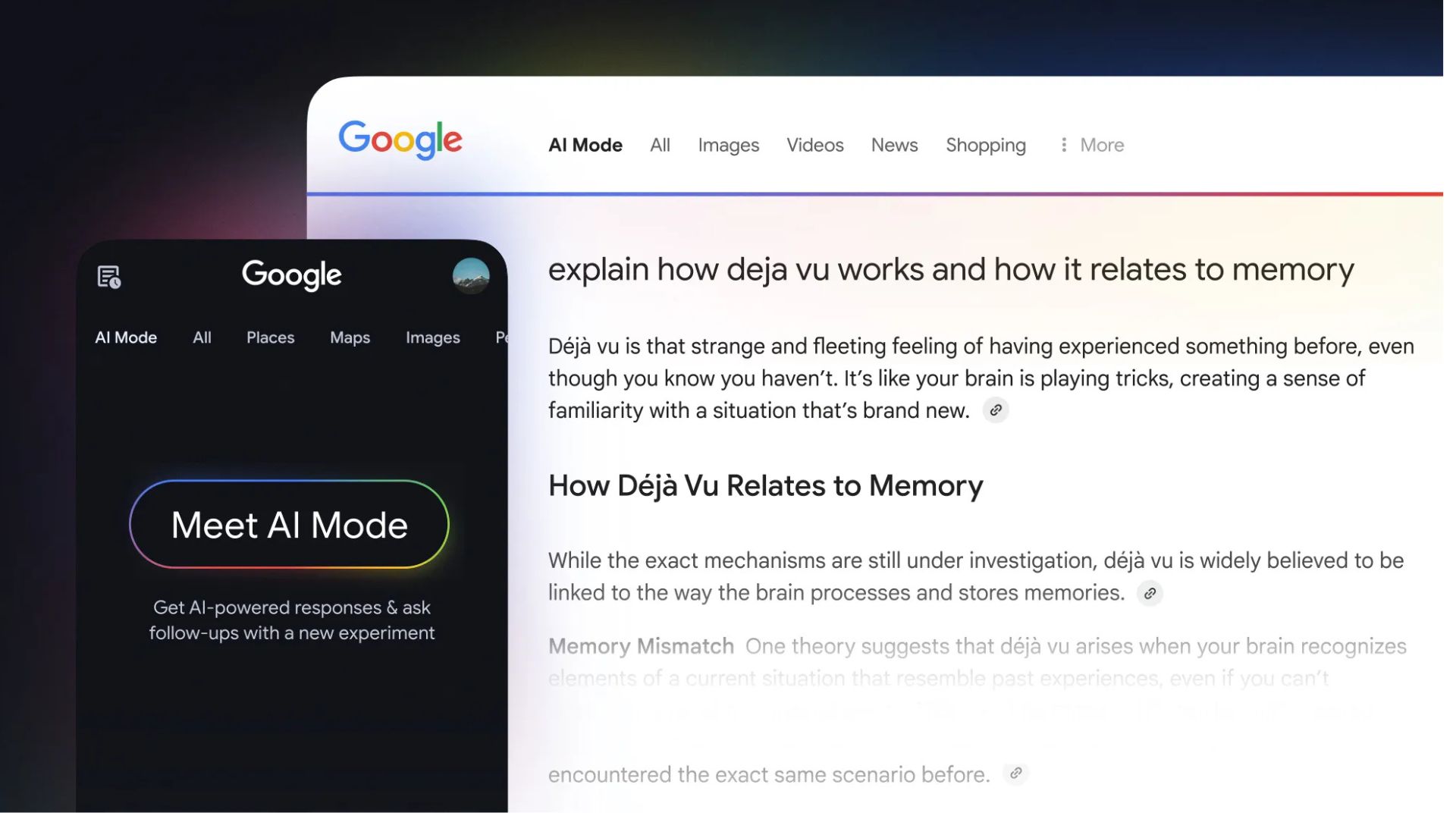
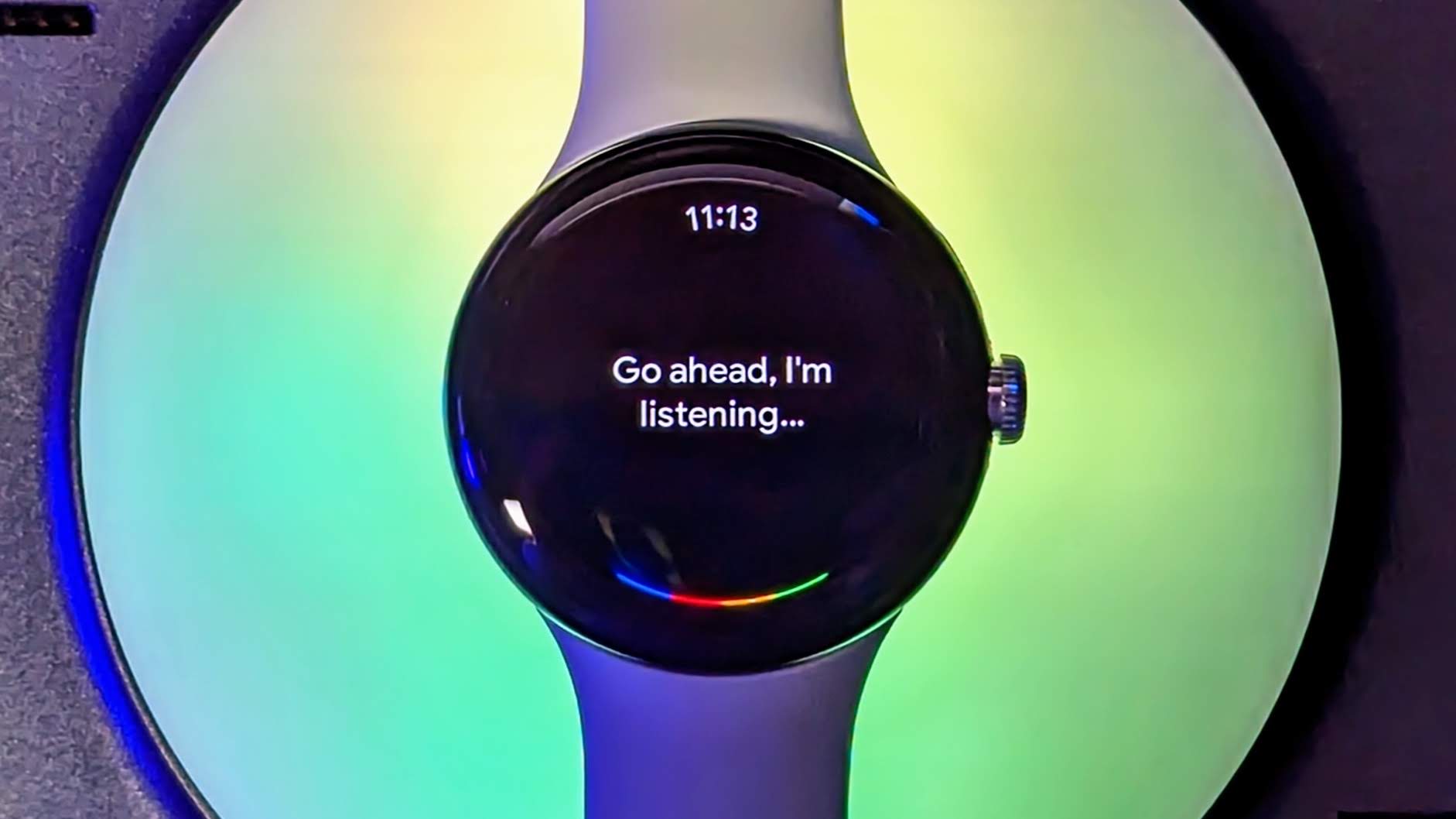

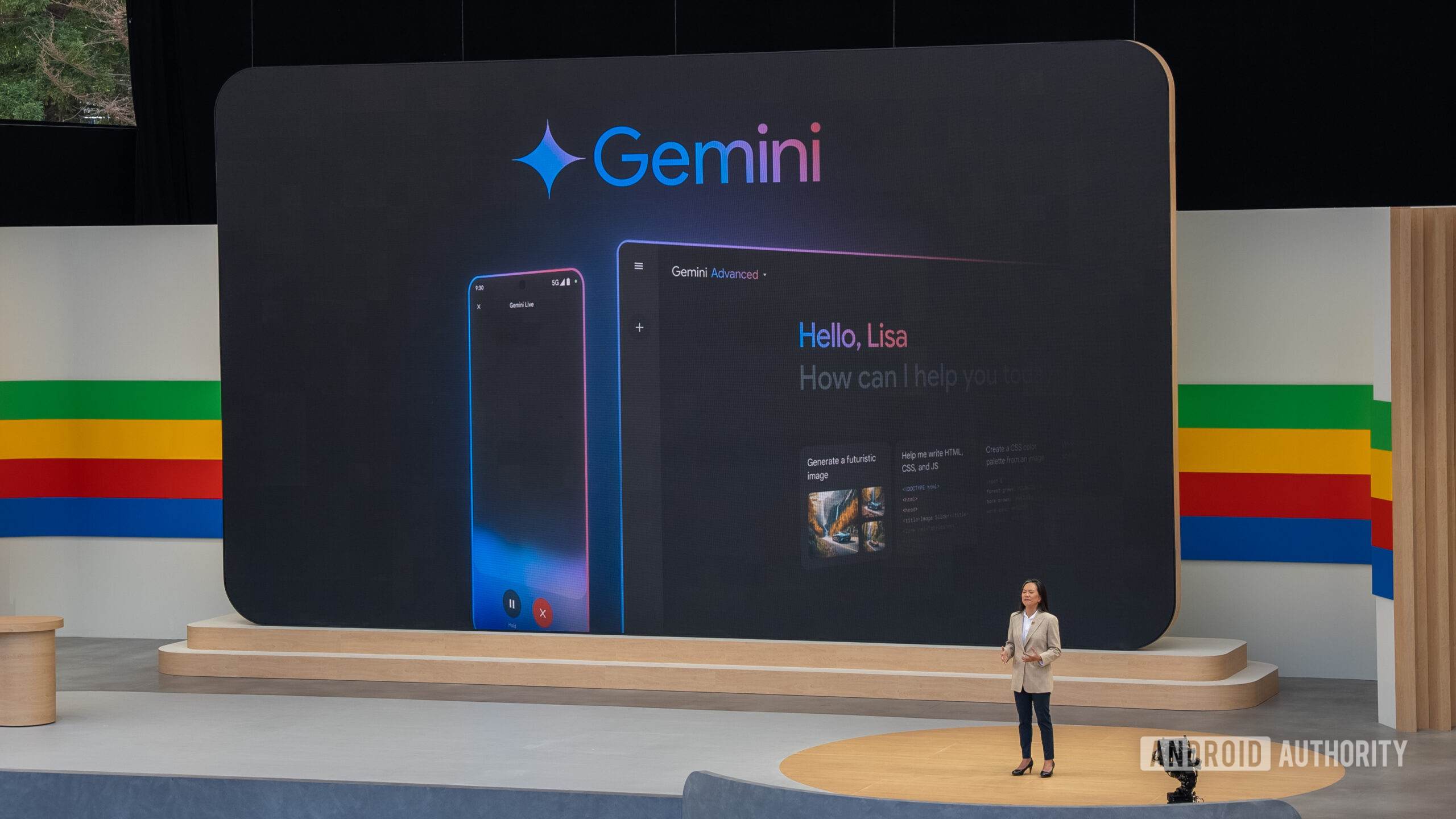






















![Apple Ships 55 Million iPhones, Claims Second Place in Q1 2025 Smartphone Market [Report]](https://www.iclarified.com/images/news/97185/97185/97185-640.jpg)











































